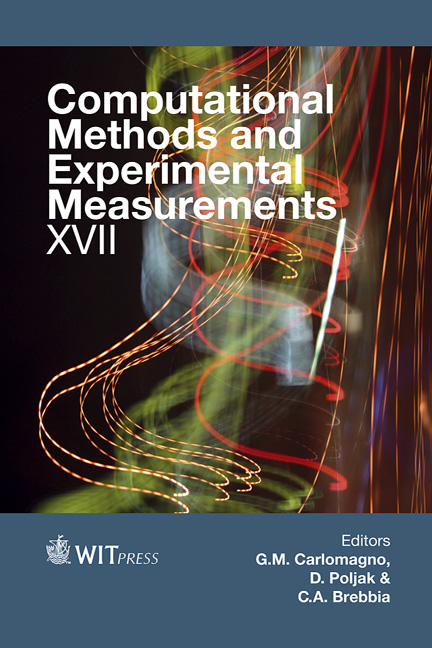Validation Of The Direct Numerical Simulation Code Based On The Criteria Of Force Coefficient Convergence
Price
Free (open access)
Transaction
Volume
59
Pages
14
Page Range
157 - 170
Published
2015
Size
3,351 kb
Paper DOI
10.2495/CMEM150141
Copyright
WIT Press
Author(s)
Z. B. Jiang, L. Z. Shao, F. Shao
Abstract
The open computational fluid dynamics (CFD) code called Gerris is very popular recently for its grid discretising strategy using quad/octree. It is available to numerically simulate a large range of problems in fluid domains and the simulation preprocess of grid is easy to represent the complex solid boundary by means of volume of fluid (VOF) approach.
Two classical two-dimensional (2D) bluff and streamlined bodies, namely circle cylinder and airfoil NACA2414, are simulated firstly with various Reynolds numbers and grid resolutions. The DNS results in this paper are validated based on the criteria of the force coefficient convergence with various grid levels. The three-dimensional (3D) floating sphere and series 60 ship hull are also simulated including the water free surface and induced wave with various Froude numbers and the results are validated employing the same previous processes.
The results show that the force coefficients acted on the bluff bodies without water surface cannot easily converge to steady ones even with fine grids of high resolutions. Comparatively, the force coefficient of the streamlined body without water free surface is easier to converge even with turbulent flow. The results of 3D computational cases with water free surface show that the force coefficients would converge to desirable ones with grid level 8 and 9 both for the series 60 ship hull and the floating sphere, which are bluff body and streamlined body, respectively. Generally, Gerris is very suitable for calculating the cases with water free surface with relative low grid resolution.
Keywords
computational fluid dynamics, Gerris, direct numerical simulation, volume of fluid, bluff body, streamlined body





